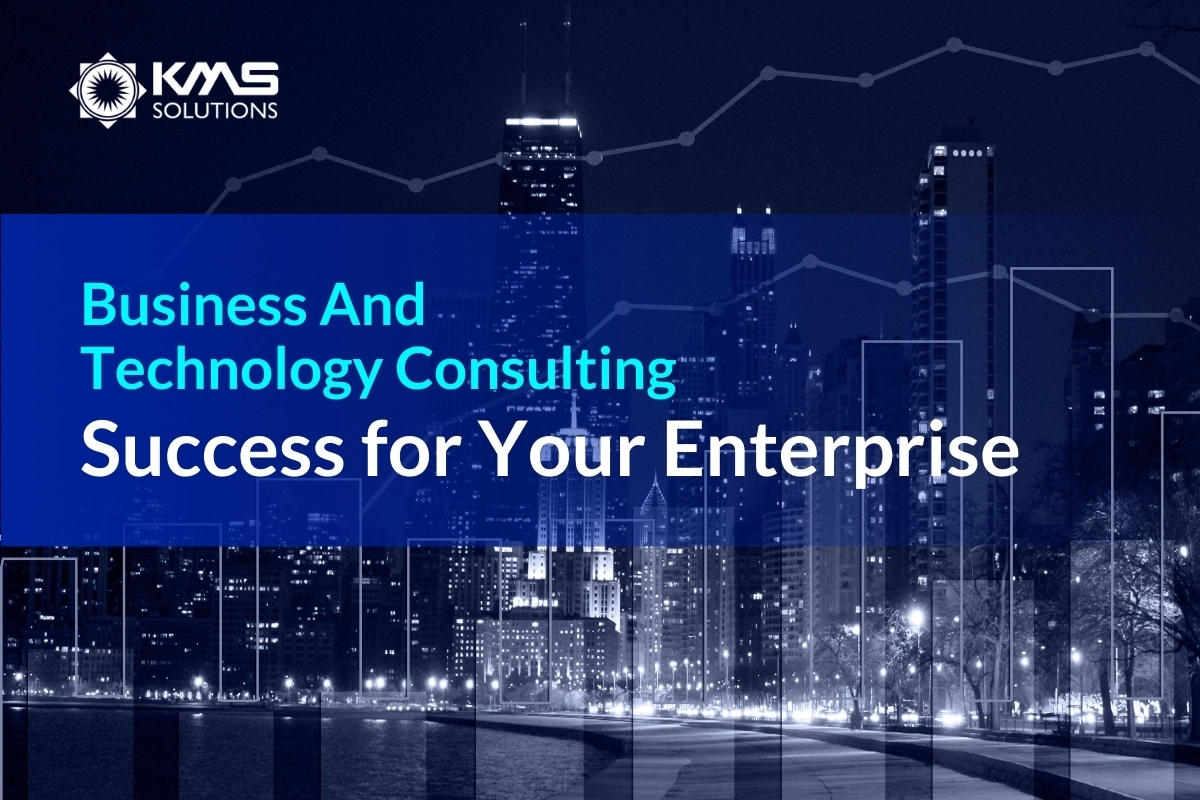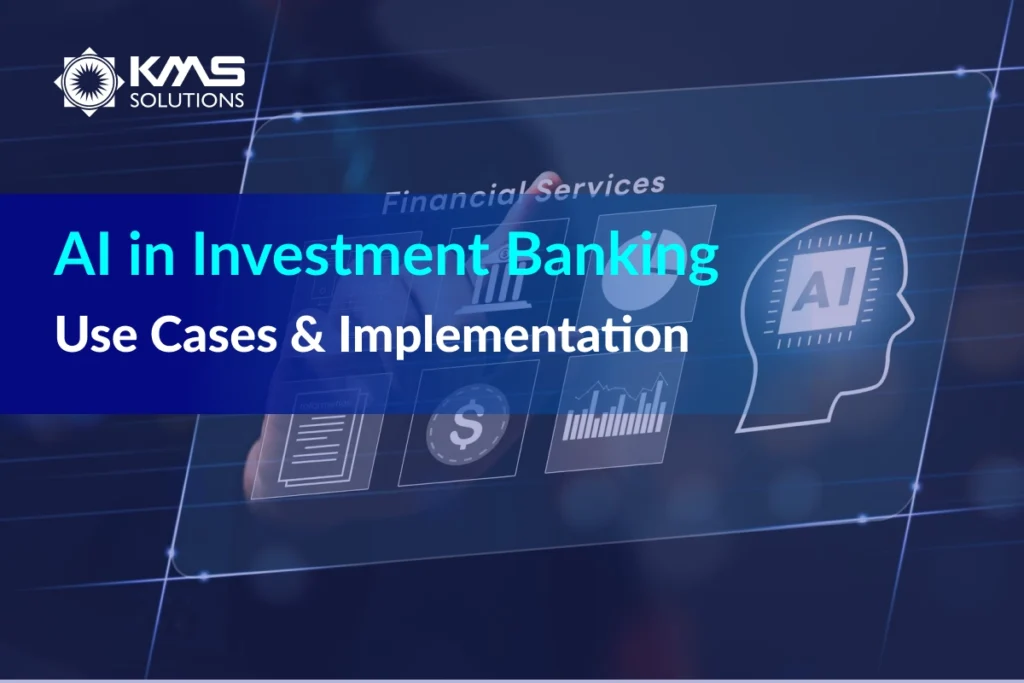Thriving in the modern business environment necessitates more than mere effort and perseverance. It demands strategic insight, technological prowess, and the ability to adapt swiftly to changing conditions. Consulting in business and technology offers the specialized knowledge required to tackle these obstacles.
How can consulting services streamline your operations, enhance profitability, and ensure your business thrives in a competitive market? This article will explore every angle of the topic!
1. What is Business and Technology Consulting?
Business and technology consulting is a comprehensive service provided by specialized firms or independent consultants to help organizations improve their performance, efficiency, and technology utilization.

Business consulting focuses on understanding an organization’s core processes, market position, and strategic objectives. The goal is to provide actionable insights and strategies that align with the organization’s long-term vision.
On the technology side, consulting services aim to leverage IT solutions to support and enhance business objectives. Technology consultants evaluate an organization’s existing IT infrastructure, recommend upgrades or new systems, and ensure the integration of cutting-edge technologies. This can encompass everything from implementing enterprise resource planning (ERP) to deploying advanced data analytics tools.
2. Core Services in Business and Technology Consulting
Consulting services in business and technology can be generally divided into two main categories: business consulting and technology consulting.
2.1 Business Consulting Services

Business consulting services encompass a wide array of advisory and implementation services aimed at enhancing an organization’s performance. You can refer to some key services typically noted below:
- Strategic Planning and Management: This encompasses conducting thorough market analysis, establishing competitive positioning, and setting a long-term vision for the growth of the company’s financial software..
- Operations Improvement: This service is dedicated to refining business processes, aiming to boost both efficiency and productivity across the organization.
- Risk Management: Business consultants assist organizations in identifying, evaluating, and mitigating risks related to operation or technology. This process involves creating risk management frameworks, ensuring compliance, and developing contingency plans to protect against potential threats.
2.2 Technology Consulting Services

On the other hand, technology consulting services are centered on leveraging IT to support and drive business objectives.
- IT Strategy and Planning: The process involves evaluating current IT capabilities, pinpointing deficiencies, and devising plans for future technology investments.
- Cybersecurity services: They are used to safeguard critical data and IT systems.
- Data Analytics and Business Intelligence: Consultants integrate data analysis and strategic intelligence systems to equip organizations with the insights necessary for making timely, well-informed choices.
- Cloud Solutions: This offering provides advantages like scalability, cost efficiency, and enhanced collaboration.
- Software Development and Implementation: Custom software solutions are designed to address specific business requirements.
- Quality Assurance: encompasses planning, testing, and validation, to guarantee that software applications meet specified requirements and perform reliably.
3. Benefits of Business and Technology Consulting
Business and technology consulting offers a multitude of benefits, enabling organizations to navigate complex challenges and seize new opportunities.
3.1 Enhanced Operational Efficiency
Engaging with business and technology consultants can significantly enhance an organization’s operational efficiency. It meticulously analyzes existing workflows to streamline business processes, eliminating unnecessary steps and redundancies that often bog down operations.
For instance, a bank might discover through IT consulting that certain stages in their loan approval process are redundant or could be automated. This can result in faster loan processing times.
3.2 Effective Risk Management
In the current unpredictable business landscape, effective risk management has become crucial for success. Technology consulting services assist organizations in recognizing potential cyber risks and crafting thorough strategies to address and reduce them. They can assess the firm’s cybersecurity posture, identify weaknesses, and implement robust security protocols to protect sensitive data.
Additionally, consulting services ensure adherence to industry regulations and standards. This is particularly important for financial institutions, which must comply with stringent regulatory requirements such as GDPR, HIPAA, and PCI-DSS. By that, organizations can avoid legal penalties and build trust with their clients.
3.3 Better Financial Management
Consulting services also enhance an organization’s financial management. They assist businesses in identifying and evaluating potential investment opportunities, considering factors such as risk tolerance, return on investment, and alignment with the company’s long-term goals.
This strategic approach to investment ensures that businesses are making sound financial decisions that support their overarching objectives.
4 Key Challenges Faced by Financial Businesses in Technology Adoption
However, this process is fraught with challenges that can impede successful implementation. Understanding these challenges will help you to maximize the benefits:
4.1 Rapid Technological Advancements

Innovations in IT and digital solutions emerge at an unprecedented rate, making it difficult for businesses to keep up. This constant evolution requires organizations to be agile and proactive in their technology adoption strategies.
Solutions: To navigate this challenge, businesses need to invest in continuous learning and stay informed about emerging trends, ensuring they can integrate the latest technologies effectively.
4.2 Data Security and Privacy Concerns

With the growing dependence on digital platforms, ensuring data security and privacy has emerged as a priority for businesses. Cyber threats are becoming more sophisticated, and breaches can have devastating consequences, including financial loss, reputational damage, and legal ramifications.
Solutions: Therefore, ensuring robust cybersecurity measures and compliance with data protection regulations is a complex and ongoing task. Organizations must implement comprehensive security protocols.
4.3 Integration with Existing Systems
Legacy systems frequently struggle to integrate with modern applications and platforms. To integrate them well, you need to understand both the old and new systems to execute them carefully.
Solutions: Another effective approach to achieving seamless integration is to partner with a technology consulting company that specializes in application integration. It’s advisable to choose a firm with the expertise and experience to navigate the complexities of merging legacy systems with modern technologies. KMS Solutions is a prime example, offering tailored solutions that minimize downtime, reduce risks, and enhance overall system performance. Their team of experts can help you design and implement integration strategies that align with your business goals and technological needs.
4.4 Skill Gaps and Employee Training

4.5 Cost Management and Budget Constraints
Finally, implementing new technologies can be expensive, and businesses must carefully balance the need for innovation with financial feasibility. This involves detailed cost-benefit analyses, prioritizing investments, and exploring cost-effective solutions.
Solutions: By partnering with IT consulting firms, businesses gain access to experts who are well-versed in advanced technologies. These firms offer specialized knowledge and experience that can help companies avoid the substantial costs associated with developing and maintaining an in-house tech team. For instance, instead of investing heavily in new technology infrastructure and continuous staff training, businesses can leverage the consultants’ resources and expertise to implement the latest solutions efficiently.
5. Case Studies of Successful Business and Technology Consulting Engagements
Case Study: HSBC’s Use of AI for Risk Management
Background: HSBC, a leading international bank, faced challenges in managing risk due to complex and diverse data sources.
Challenges:
- Difficulty in aggregating and analyzing risk data from various sources.
- Slow response times to emerging risk factors.
- High operational costs associated with traditional risk management methods
Solution: HSBC partnered with a technology consulting firm to integrate AI and machine learning into its risk management processes, including:
- Developing AI algorithms to analyze vast amounts of risk data in real time.
- Automating risk assessment and reporting functions.
- Implementing predictive analytics to anticipate and mitigate potential risks.
Results:
- Improved risk detection and management capabilities with faster, more accurate assessments.
- Reduced operational costs due to automation of risk management tasks.
- Enhanced ability to proactively address emerging risk factors.
Case Study: ANZ Bank’s Digital Transformation
Background: ANZ Bank, another leading financial institution in Australia, recognized the need to adopt digital technologies to stay competitive and meet the evolving needs of its customers.
Challenges:
- Integrate new digital tools with its existing systems.
- Upskill employees to effectively use new technologies.
Solution: ANZ collaborated with several technology consulting firms to develop and execute a comprehensive digital transformation strategy.
- Implementing cloud-based solutions.
- Leveraging artificial intelligence (AI) and machine learning to personalize customer interactions.
Results: The digital transformation allowed ANZ to deliver more personalized and efficient services to its customers. Additionally, employees participated in training with a technology consulting firm, enhancing their ability to boost customer satisfaction and loyalty.
Read more: The Role of Financial Technology Consulting Services in Modern Banking
6. How To Choose the Right Business and Technology Consulting Firm

After realizing the importance of business and technology consulting, it’s time to take note of “how to make the essential choices”:
- Define Your Needs: Are you looking for help with digital transformation, IT strategy, system integration, or another specific area? Understanding your goals will help you find a firm that specializes in the services you require.
- Evaluate Expertise and Experience: Look for consulting firms with a proven track record in your industry. An experienced firm will be able to offer insights and solutions tailored to your unique challenges. Moreover, reviewing client testimonials, and success stories to gauge their effectiveness is also a possible way.
KMS Solutions has completed many successful IT projects for banks and financial institutions around the world. Learn more about how KMS Solutions has been chosen as a trusted IT consulting partner here!
- Check References and Reviews: Look for consistency in feedback regarding their performance, customer satisfaction, and technology capabilities. Ensure they have the necessary tools, expertise, and experience to meet your business needs effectively.
- Collaborate in Effective Communication: The partner should have a robust communication framework in place to facilitate smooth and efficient interactions.
- Consider Cultural Fit: When there’s a strong cultural fit, the partnership tends to be more productive, harmonious, and effective. Misalignment, on the other hand, can lead to misunderstandings, friction, and ultimately suboptimal results.
If you’re looking for technology consulting services in the Asia Pacific market, KMS Solutions can bring the best results by bridging cultural gaps and ensuring that the collaboration aligns well with regional nuances and practices.
And if you’re still wondering, KMS Solutions has numerous positive reviews and testimonials from satisfied clients, highlighting their reliability and the high quality of their technology consulting services. It offers a wide range of services including digital transformation, IT strategy, system integration, and more. This tailored approach ensures that they can meet the specific needs of your business.
Besides, KMS has a strong track record of success across various industries. Their consultants are highly qualified, with extensive experience in providing effective solutions to complex business and technology challenges.
Read more: Top 10 Technology Consulting Companies that You Should Consider











